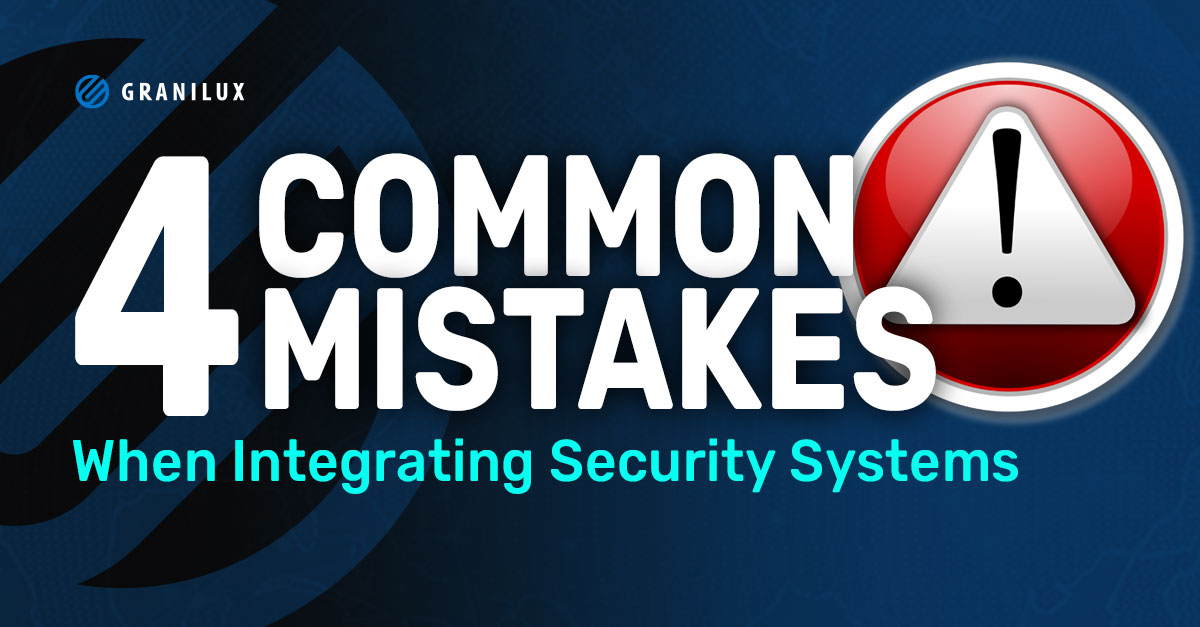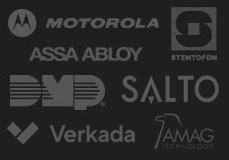
Enterprises and organizations today are investing in sophisticated security systems to enhance protection, streamline operations, and increase value of their businesses. The process of integrating these systems is often complex. Mistakes during implementation can not only lead to gaps in security and inefficiencies, but also result in wasted money and resources. Here are a few common mistakes organizations make when integrating security systems—and how to avoid them.
No Strategy
Treating security system integration as a standalone initiative rather than making it a part of a broader strategic plan is often the first mistake. Rather than creating a holistic plan, organizations will focus on fixing immediate issues or concerns, such as adding new cameras or access controls without considering how these elements work together with existing infrastructure. This piecemeal approach can result in systems that are incompatible and don’t communicate effectively, causing operational blind spots.
A successful security system integration strategy should begin with a comprehensive assessment of current systems, vulnerabilities, and should consider future scalability needs with an eye toward business objectives.
Failure to Interview
Many enterprises make the mistake of selecting a security systems integration provider without asking simple but important questions.
For example, who is working on the integration teams? Are their technicians and/or subcontractors certified? What type of support contracts do they offer and what are the details therein? What types of warranties are included and not included on equipment? Are the systems secure from breaches? What happens in the event of a system failure or compromise?
While this sounds like an obvious piece of advice, be sure to fully vet your potential security systems partner to avoid future snags.
Lack of Training and End-User Adoption
Deploying advanced security systems and technologies is only effective if the people using them understand how they work. Businesses often underestimate the importance of buy-in and training for security personnel, IT teams, and other staff. This can create a host of problems, including the bypassing of protocols, false alerts, failure to report incidents promptly, and the misuse of technologies.
By including structured training programs and clear standard operating procedures in your security systems integration, you improve its adoption, compliance, and overall effectiveness.
Using Incompatible Systems
While many businesses have capable security professionals on staff, they don’t always have the acumen to discern what security technologies they need or should retain. This often results in using proprietary tools and solutions that don’t integrate well with other platforms. Just because a system offers appealing or powerful features, doesn’t mean it plays well with the rest of your security tech stack – and can limit future scalability and flexibility. Incompatibility between surveillance cameras, access control, and alarm systems, for example, creates tech silos, glitches, and reduces effectiveness of the security infrastructure.
Opting for a single, unified platform solution and/or working with a qualified integration vendor can help ensure your systems get along.





